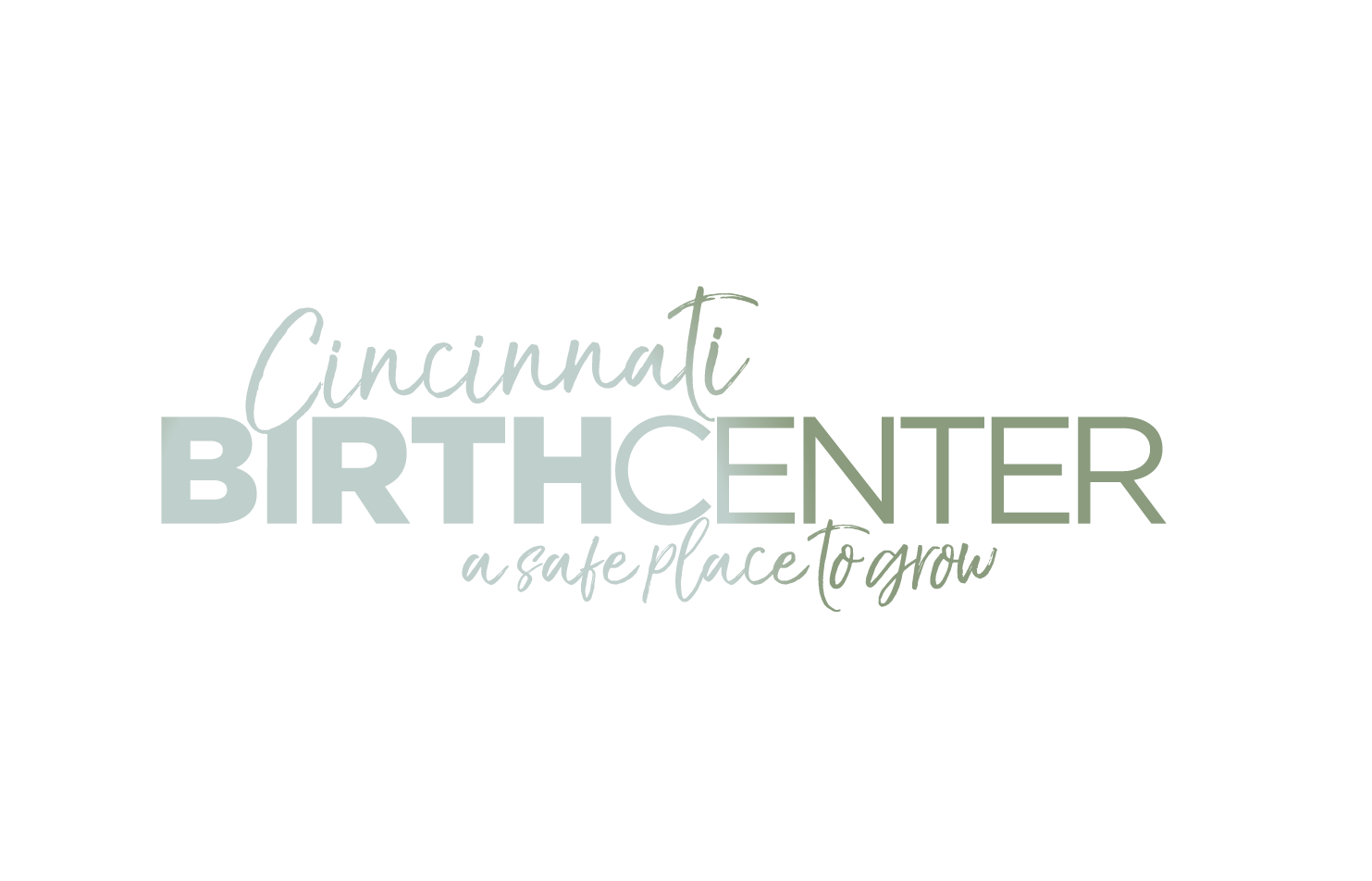Zen Mama: Prenatal Yoga for a Healthy Pregnancy
/Prenatal yoga is a practice that provides physical and mental support, contributing to a healthier pregnancy. By incorporating gentle stretches, breathing techniques, and relaxation exercises, women can prepare their bodies for childbirth, foster a positive mindset, and promote the health of both mother and baby.
What Are the Benefits of Prenatal Yoga?
Feel Better Physically: Prenatal yoga focuses on gentle stretches, strengthening exercises, and breath awareness, which help alleviate common pregnancy discomforts such as back pain, swelling, and fatigue. These exercises also enhance flexibility, promoting a smoother labor and delivery process.
Balance Fluctuating Emotions: Hormonal fluctuations during pregnancy can lead to mood swings and increased stress levels. Prenatal yoga incorporates mindfulness and relaxation techniques, fostering emotional well-being. By connecting with your breath and practicing meditation, you can reduce anxiety, cultivate a positive mindset, and enhance your overall emotional resilience.
Strengthen Your Pelvic Floor: Prenatal yoga includes specific poses that target the pelvic floor muscles. Strengthening these muscles is beneficial for supporting the weight of the growing uterus, improving posture, and preparing the body for childbirth.
Connect With Your Baby: Through gentle movements and mindful breathing, prenatal yoga encourages a deep connection between the mother and her growing baby. This bonding experience contributes to a positive emotional environment for both mother and child.
What Kinds of Yoga to Avoid
While prenatal yoga is generally safe and beneficial, some styles may not be suitable for pregnant women. High-intensity practices, hot yoga, and styles that involve lying on the back for extended periods should be avoided. Make sure you consult with your healthcare provider and inform your yoga instructor about your pregnancy to practice yoga safely.
Prenatal Yoga Poses to Try
Mountain Pose
Stand with your feet hip-width apart, toes pointing forward.
Distribute your weight evenly on both feet, engaging your thighs and lifting your chest.
Relax your shoulders away from your ears, and bring your palms together in front of your heart or let your arms hang by your sides.
Focus on your breath and maintain a steady, balanced posture.
Cat-Cow Stretch
Start on your hands and knees in a tabletop position, wrists aligned under shoulders and knees under hips.
Inhale, arch your back, and lift your head and tailbone for Cow Pose.
Exhale, round your spine, tuck your chin to your chest, and engage your pelvic floor for Cat Pose.
Flow smoothly between Cat and Cow, coordinating each movement with your breath.
Child's Pose
Kneel on the mat with your big toes touching and knees wide apart.
Sit back on your heels, extending your arms forward and lowering your chest toward the mat.
Rest your forehead on the mat, allowing your belly to fit between your thighs.
Breathe deeply, relaxing into the pose and feeling a gentle stretch in your hips and back.
Warrior II
Start in a standing position, step one foot back, keeping the front knee bent over the ankle.
Extend your arms parallel to the floor, reaching in opposite directions.
Open your hips and chest toward the side, maintaining a strong and stable stance.
Gaze over the front fingertips and breathe deeply, feeling the strength in your legs and openness in your hips.
Goddess Pose
Stand with your feet wider than hip-width apart, toes turned outward.
Bend your knees and sink into a deep squat, keeping your knees in line with your ankles.
Bring your palms together at your heart or extend your arms out to the sides.
Engage your pelvic floor and feel the strength in your thighs and core.
Puppy Pose
Start in a tabletop position, then walk your hands forward, lowering your chest toward the mat.
Keep your hips over your knees and your arms extended, allowing your forehead to rest on the mat.
Feel a gentle stretch in your spine, shoulders, and chest, and breathe deeply.
Supported Bridge Pose
Lie on your back with knees bent and feet hip-width apart.
Place a block or bolster under your hips, lifting them off the mat.
Keep your shoulders grounded and relax your arms by your sides.
Breathe deeply, feeling a gentle opening in your chest and hips.
Legs Up the Wall Pose
Sit sideways with your hip against the wall, then gently swing your legs up the wall as you lie on your back.
Place a folded blanket or bolster under your hips for support.
Extend your legs up the wall, keeping them relaxed.
Breathe deeply, enjoying the inversion and promoting relaxation.



